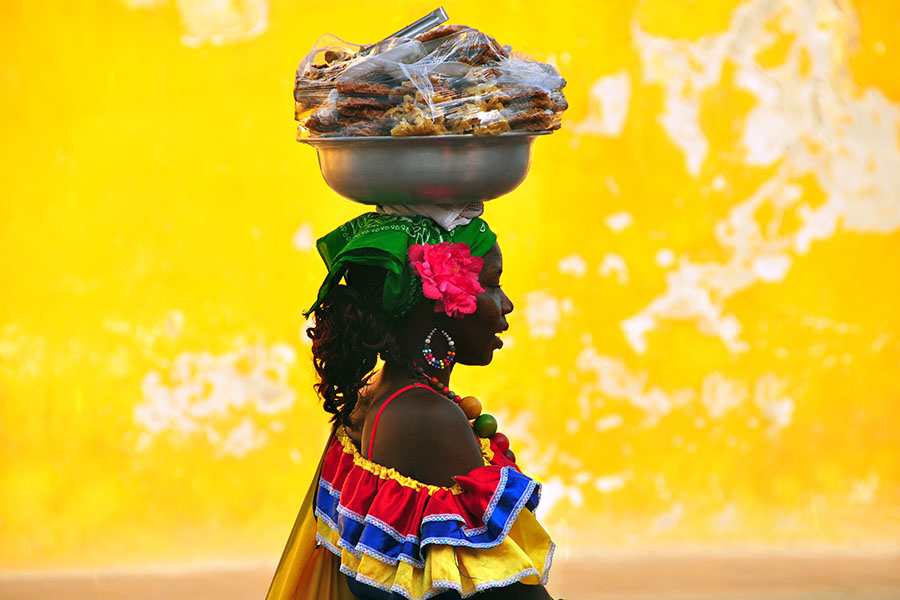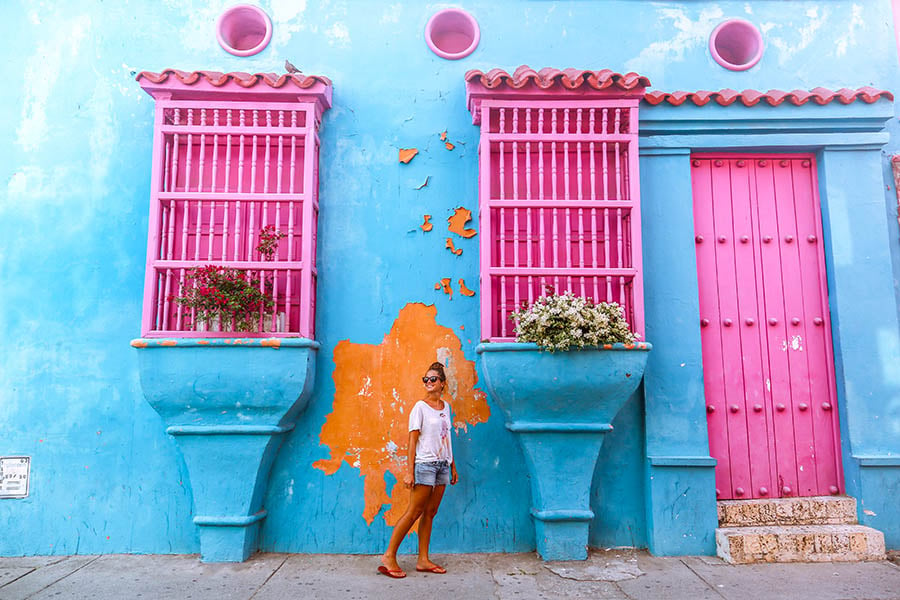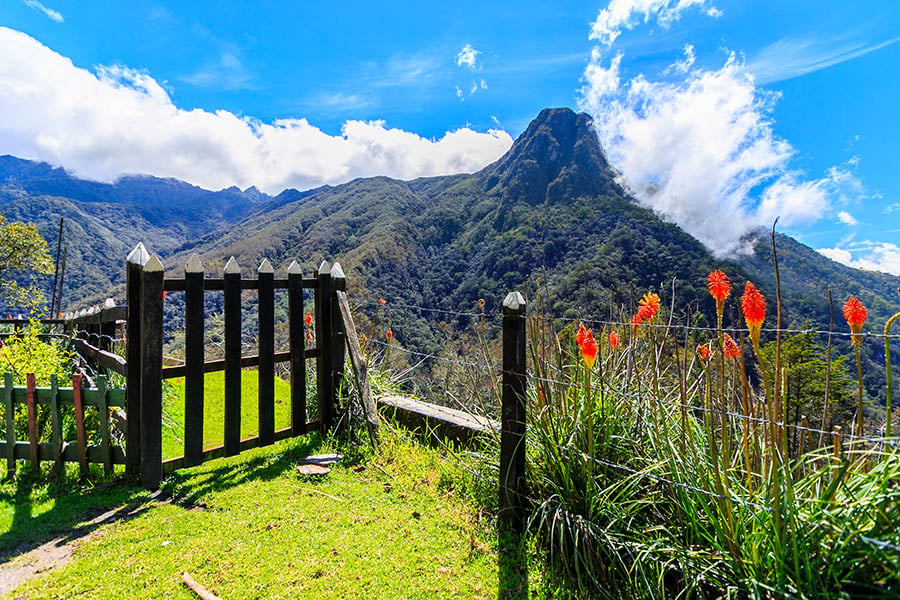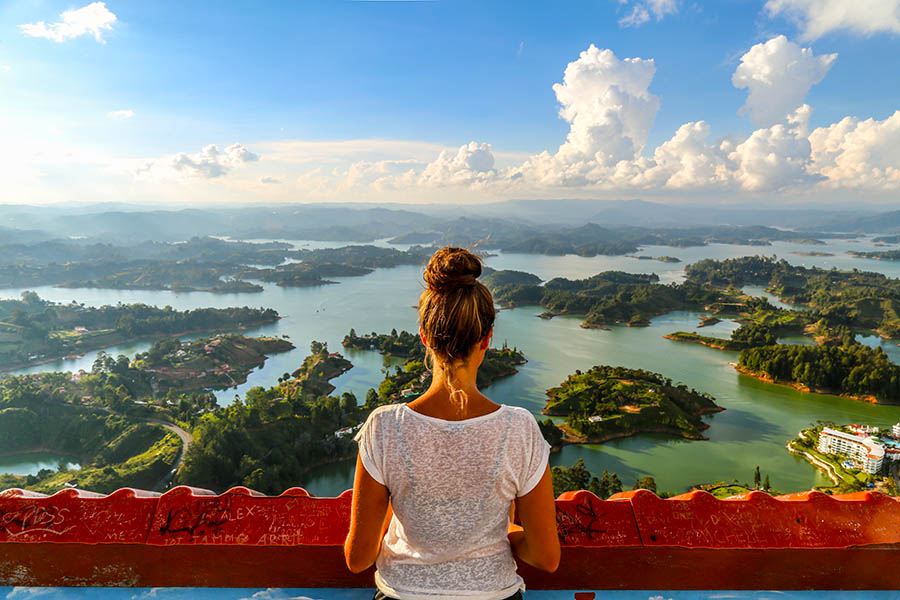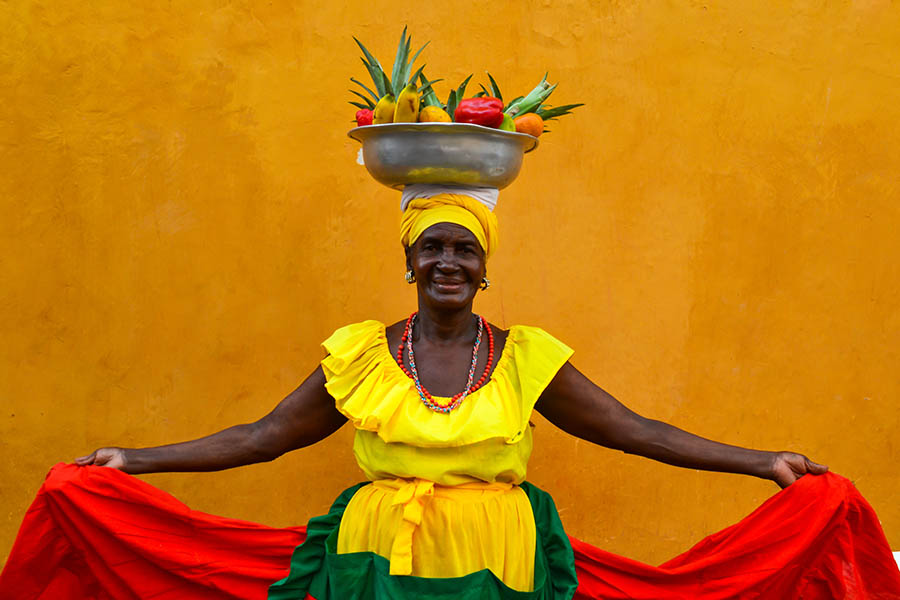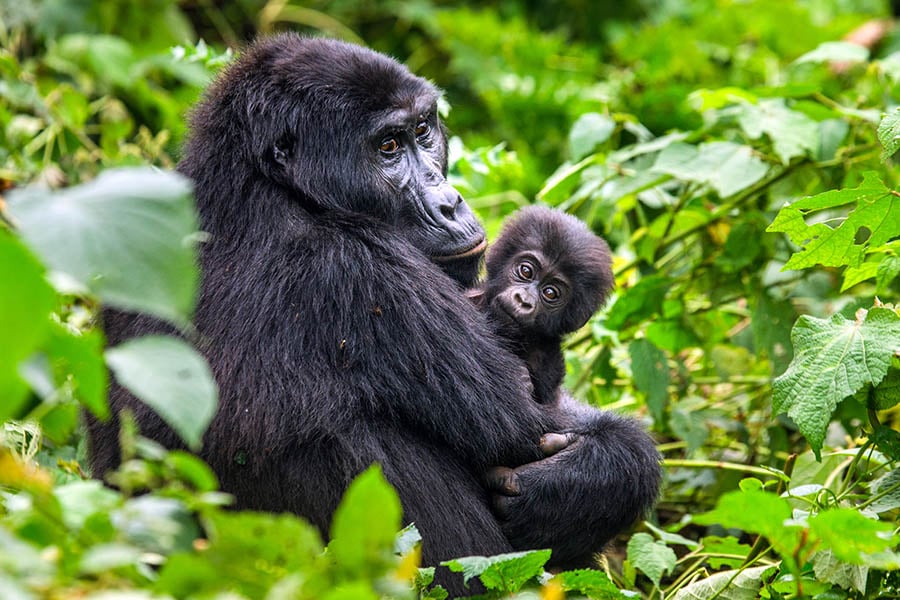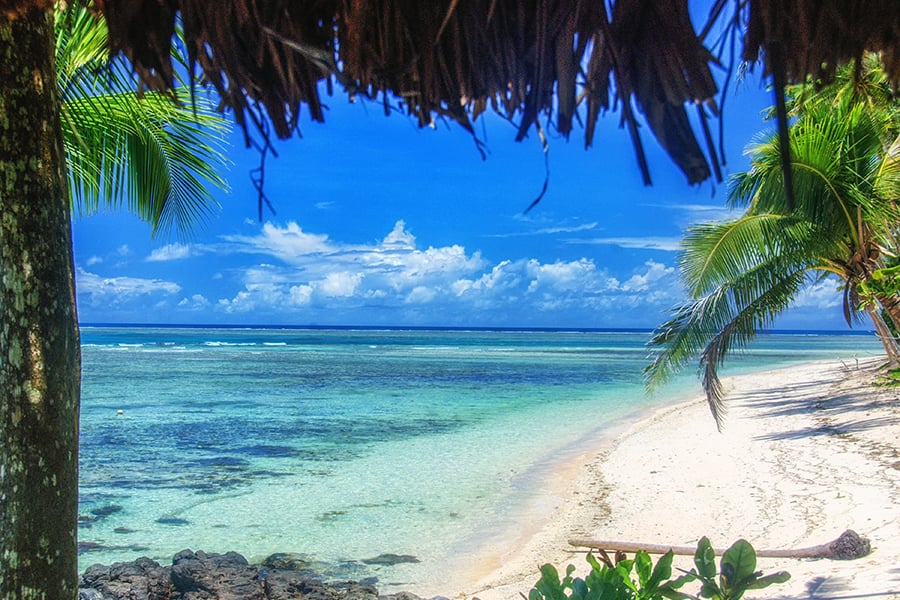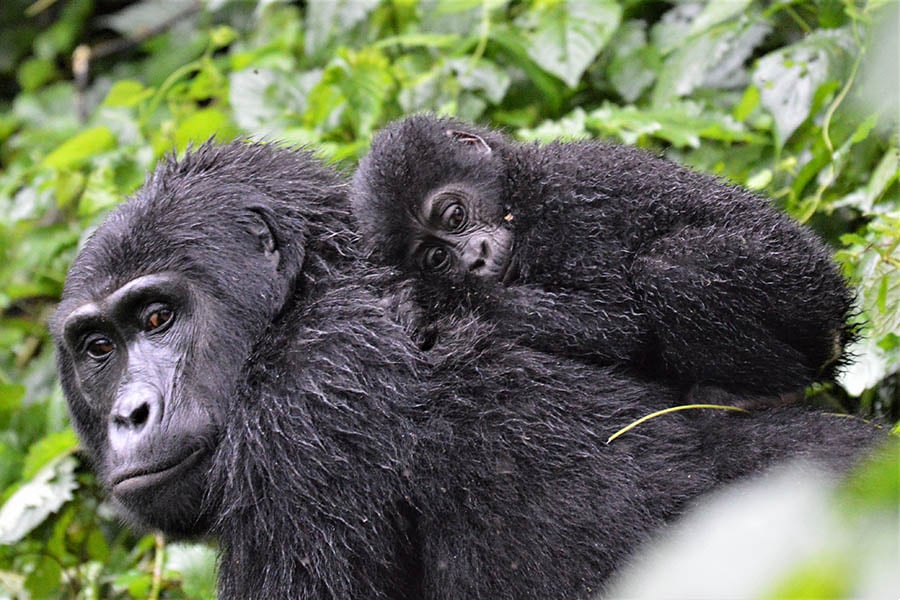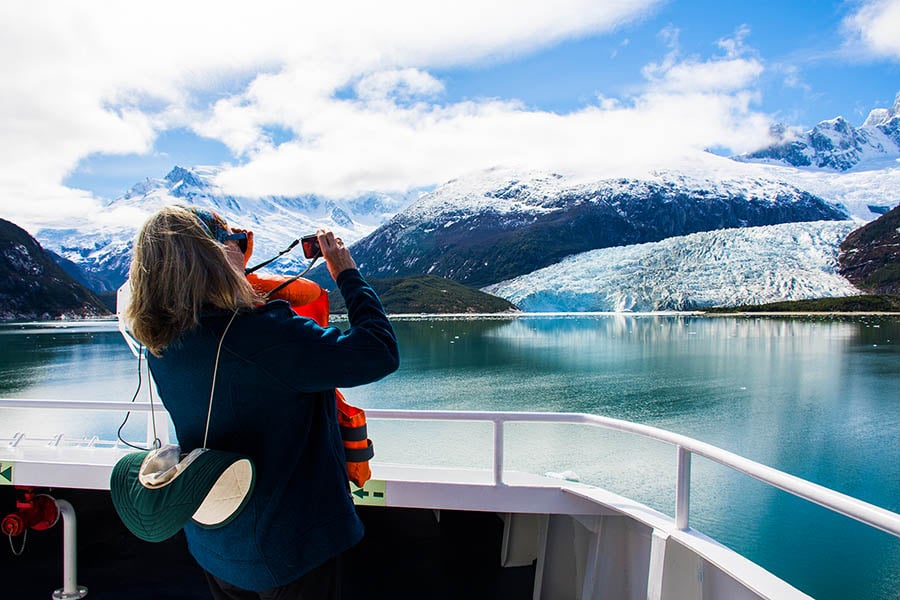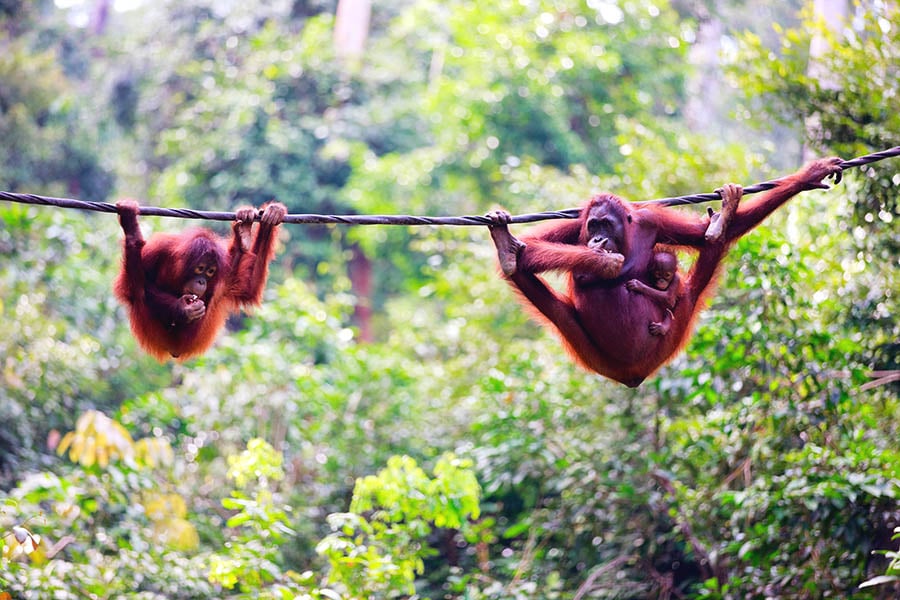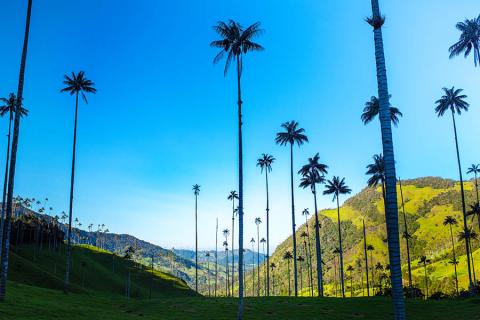
How to spend one week in Colombia
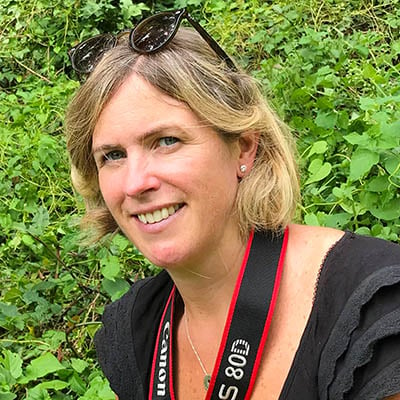
TripBlogs
In the words of the Colombian tourist board, “the only risk is wanting to stay”. How true this is! Colombia is fantastic. Today, Colombia has discarded its dodgy reputation and is rising to become a top holiday destination. The weather is great, the landscapes are incredible, the music goes all night, and the people are some of the friendliest you’ll meet on the planet.

When I was offered a working trip to Colombia, I jumped at the chance. It’s somewhere that I have always wanted to visit. At the northern tip of South America, Colombia is home to mountains, jungles, beaches, coffee farms, modern cities and more. It’s a country that really does have it all. Here’s my guide for spending one week in Colombia:
Day 1: Bogota
At 8,360 feet above sea level, Bogotá is one of the highest cities in the world, with a population greater than 3 million. With dozens of places of cultural importance, the long list of things to do in Bogotá makes it an excellent starting point for an adventure. Not only that, but this capital city is an essential stop-off for any trip to Colombia.
Begin your time in Bogota with a visit to the historical centre of La Candelaria. This charming barrio carries a great architectural and cultural heritage. Made up of old Spanish colonial buildings, it’s a beautiful area to explore. The best place to start is Plaza de Bolivar, which, over the years, has been used as a marketplace, a bullring, and a gallows for public hangings. It’s quite a place!
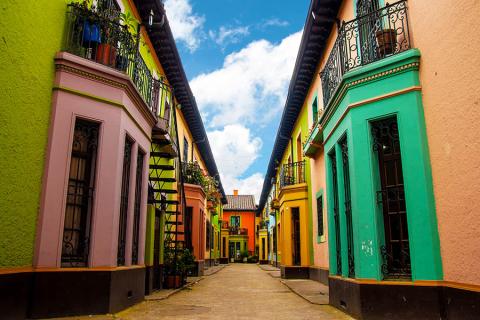
I would highly recommend a visit to the famed Museo de Oro - or Gold Museum - which houses the biggest and arguably best pre-Colombian gold collection in the world. Opened in 1939, the museum underwent a complete revamp in 2007, and the exhibition is now split into four areas. The last room gives some fascinating insights into the rise of the legend of El Dorado.
Next, head for the Botero museum to see the work of Colombia’s most famous artist, known for his chubby sculptures. The Botero museum is home to his most famous collection as well as pieces from Picasso, Renoir, Dali, Monet, Matisse and Degas.
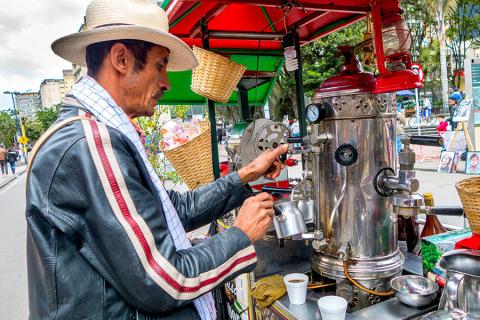
Bogota has also been named one of the most progressive cities in South America, with many modern advances like its Trans Milenio public transport system. If you happen to be in Bogota on a Sunday, you will get to see the ciclovia, when 75 miles of Bogota roads are shut down for bikers, runners, and roller-bladers every Sunday. Sit back, enjoy a coffee, and watch the world run/rollerblade/cycle by!
Day 2: Zipaquirá
In the morning, leave Bogotá and head north towards Zipaquirá. The journey will take you through the Bogota Savannah, filled with bright flower crops. Flower production is an important industry for the hundreds of people that live in the region.
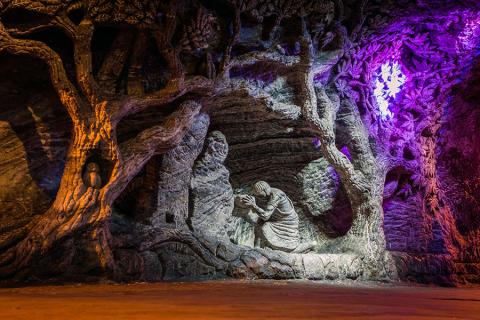
After an hour or so, you’ll reach the impressive Salt Cathedral, a true achievement of engineering. The name Zipaquirá refers to Zipa, the leader of the Muisca tribe and the chief of these rich salt mines. The Salt Cathedral is considered one of the most notable achievements of Colombian architecture. It is also home to the largest cross made from salt in the world. Afterwards, head for the airport and take a flight to Pereira, your gateway to the Colombian Coffee Triangle.
Day 3: The coffee region and the Valle de Cocora
After breakfast head to Salento, a beautiful little town in the Zona Cafetera region of Colombia. This striking, colourful little town is on the edge of the Valle de Cocora, where giant wax palms grow up to 60 metres tall. It’s one of the most beautiful, surreal landscapes in Colombia.
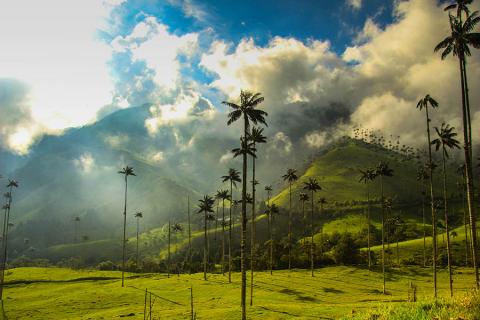
Every day, restored WWII Jeeps known as “Willys” leave from the Salento’s main plaza. You can hire a Willy for the 20-minute ride up to the Valle de Cocora. From the drop-off point, it’s a gorgeous half-day hike up to Finca Acaima through the cloud forest and back through the palm-studded valley. If you don’t fancy walking or time is tight, go horse riding through the valley instead. On horseback, you’ll see hummingbirds and wildflowers as you trot past the towering wax palms.
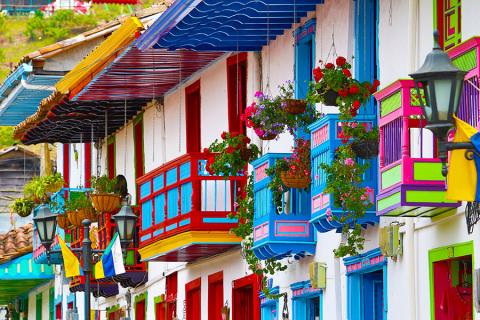
After the hike, you can stop to enjoy a traditional lunch of smoked trout before hopping in the jeep back to Salento, where you can shop to your heart's content. There are plenty of artisan boutiques in Salento. Local specialities include jewellery, candles and bamboo (guadua artisania).
When you’ve finished exploring Salento, I recommend a visit to the traditional village of Filandia. Here, you can take a tour that includes viewpoints, colonial homes, the Plaza de Bolivar and the local coffee shops. It’s a great place to soak up the regional atmosphere of the Zona Cafetera. Be sure to pop into Helena Adentro for a bite to eat and perhaps some local spirits.

Make sure you call into a local bar and enjoy the traditional national sport of Colombia - tejo. This largely involves throwing rocks at gunpowder! As sports go, it is rather loud, quite boozy and a tad explosive. While playing tejo, you’re pretty much guaranteed to make friends, drink beer, get dirty and laugh A LOT.
Day 4: Coffee tours and local villages
Today, take a trip out to the coffee plantations along the steep hills. Here, you can view the green carpet of coffee plantations that spreads as far as the horizon, interrupted only by fincas and heliconia flowers.
We visited Hacienda San Alberto one of the coffee estates typical of the region and located near the town of Buenavista Quindio. Our tour began with an introductory chat about coffee, its preparation, toasting, and the properties that allow for such a variety of coffees in the world. We walked through the plantations, appreciating the work of the coffee pickers and learning about the humid coffee that is used to make Colombian coffee.
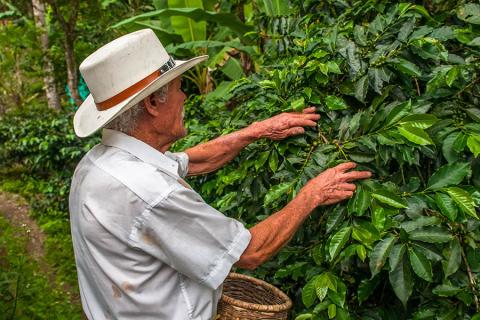
Next, travel through Pijao, a town of Quindío which has been catalogued as ‘Cittaslow’. This means that it has strongly retained its local culture and identity. Here, the houses are perfectly preserved, the balconies are brightly painted, and the main square is full of colour.
Afterwards, head for Pereira airport and fly over to the jewel of Colombia’s Caribbean coast: Cartagena.
Day 5: Cartagena Old City
Cartagena is an old pirate city on Colombia’s Caribbean coast. At its centre, you’ll find the walled Old City, with 16th-century plazas, cobblestone streets and colourful colonial buildings. The tropical climate makes the city a popular beach destination.
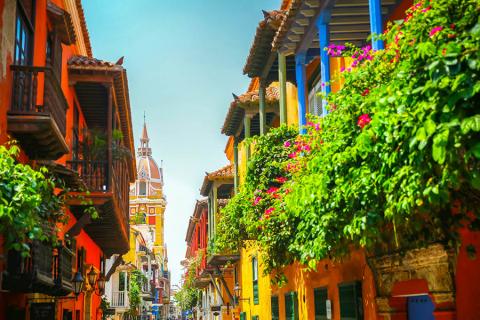
Kick off your time in Cartagena with a panoramic view over the city from the Monasterio and Iglesia de La Popa. Formerly known as the “Popa del Galeon”, it famously resembles the stern of a ship. Constructed in 1606 this church and monastery reach 140 metres above the ground, providing 360-degree views over the rooftops to the sea.
Continue to the San Felipe Fortress, built on San Lázaro hill to defend the city from pirate attacks. Here, you can explore the ramparts, the tunnels, underground galleries and passageways. Then head through the Ciudad Vieja (Old City) to visit the Convert and Church of San Pedro Claver before ending your walk in the handicrafts zone of the Bovedas, a collection of archways built into the city wall.
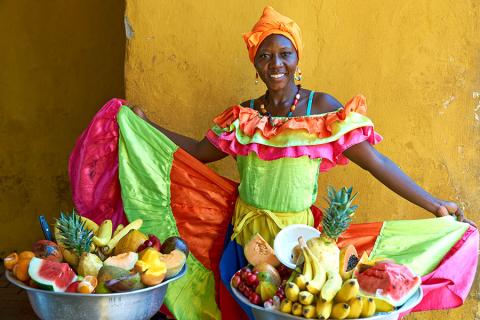
Day 6: Rosario Islands
Today, make the most of the Caribbean and take a full-day trip to tropical Rosario Islands. Only an hour from Cartagena, the Archipiélago del Rosario is a national park is ringed by coral reefs and lapped by clear blue waters. Spend the day diving into the crystal clear waters of the Caribbean and lazing on the soft white sand. Boats arrive back in Cartagena by around 4pm, giving you enough time to get ready for dinner before Cartagena’s notoriously late-night nightlife gets going.
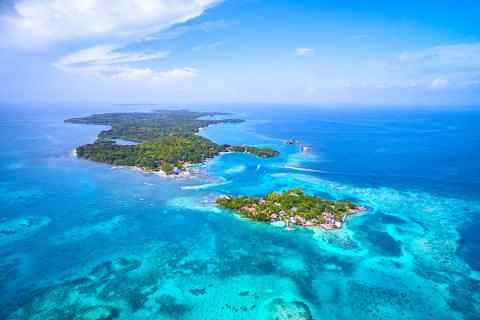
I recommend a small seafood restaurant called El Boliche Cebicheria, which serves inventive ceviche. Start with a boliguaro de corozo cocktail, an artful mix of aguardiente — Colombia’s potent anise liquor — and local cherry juice (17,000 pesos), before feasting on white fish, calamari, shrimp, octopus or sea snail ceviche, served with a base of tamarind, coconut or sweet local peppers.
The music here is serious business, so dance the night away in any one of Cartagena’s nightclubs.
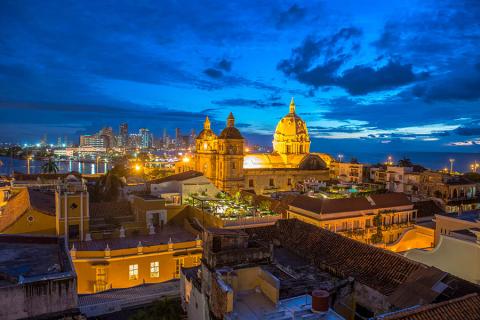
Day 7: Cartagena
After a night of mojitos and music, few things are as satisfying as Cartagena’s signature street snack - arepas de huevo. Or, if you don’t wake up until lunchtime, try a traditional Latin American set lunch at La Mulata, which serves terrific seafood.
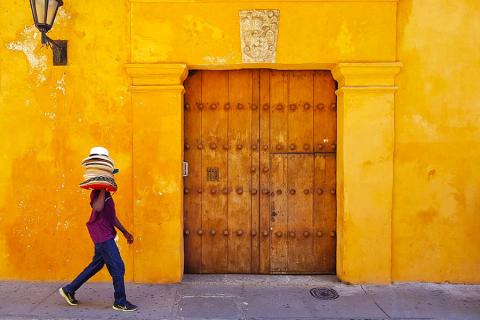
Make the most of your last day in Colombia with a bit of retail therapy in the boutiques of the Old City, a spectacular Caribbean sunset on the historic walls and a cocktail in Café Del Mar. Sitting pretty on the historic walls, Café del Mar has been a landmark of Cartagena's nightlife scene for more than a decade. The unbroken sea views and the refreshing breeze makes Café del Mar the king of Cartagena sundowners, as long as you don't mind paying New York prices for a cocktail.
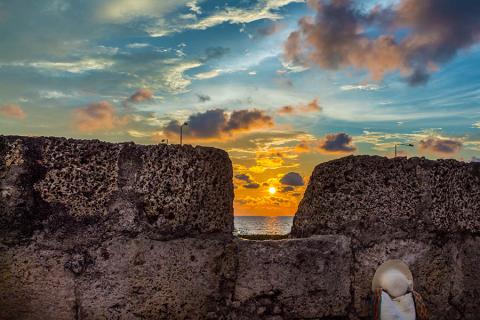
Get there for around 5:30pm to watch the Caribbean sun sink below the horizon. It is, without question, one of the ultimate highlights of any trip to Cartagena. What a way to finish off your Colombia holiday.
Getting there
Avianca flies daily from London to Bogotá. From here, Avianca flies to numerous destinations within the country, including Pereira for the coffee zone and Cartagena for the Caribbean beach break.
Interested in Colombia?
We can put together Colombia travel itineraries of all shapes and sizes, from whirlwind trips to luxury breaks. Contact us on 1273 320 580 or email our team of experts. Together, we'll build you the perfect Colombia adventure.
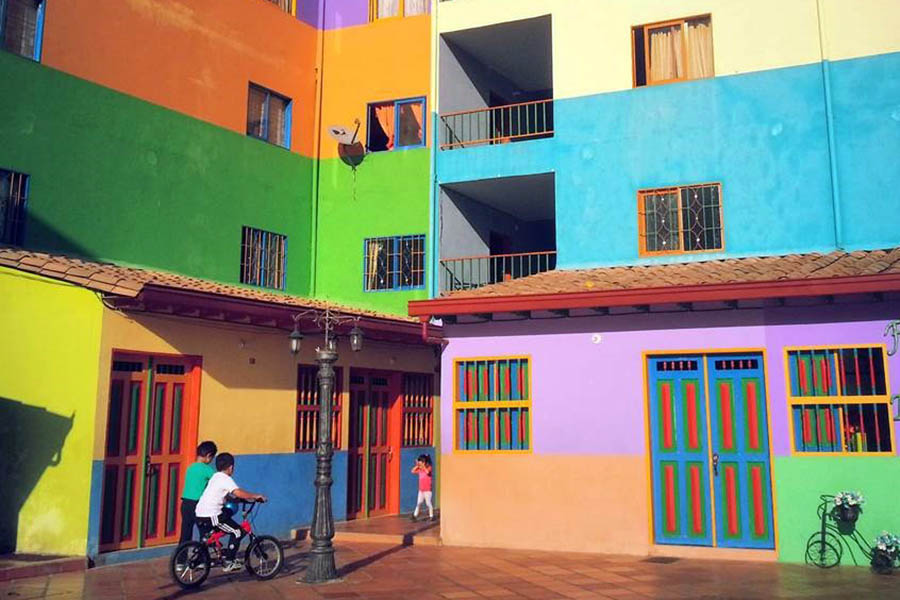
Visit Colombia: it’s safe, it’s beautiful and here are my 6 top spots
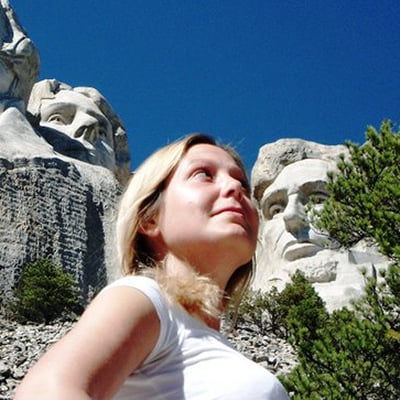
Bryony Dunn
Marketing Manager
at Travel Nation
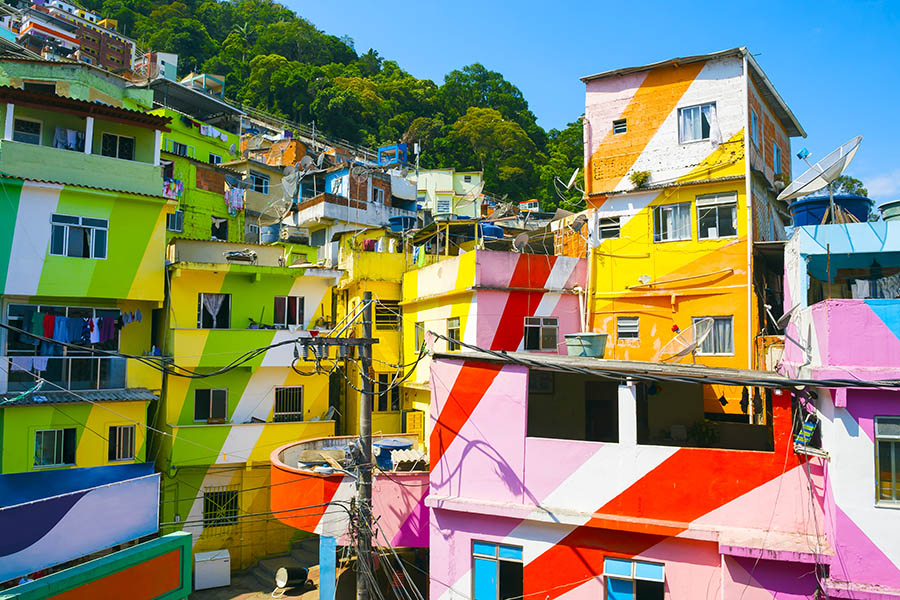
Rainbow planet: 17 of the most colourful places in the world

Bryony Dunn
Marketing Manager
at Travel Nation
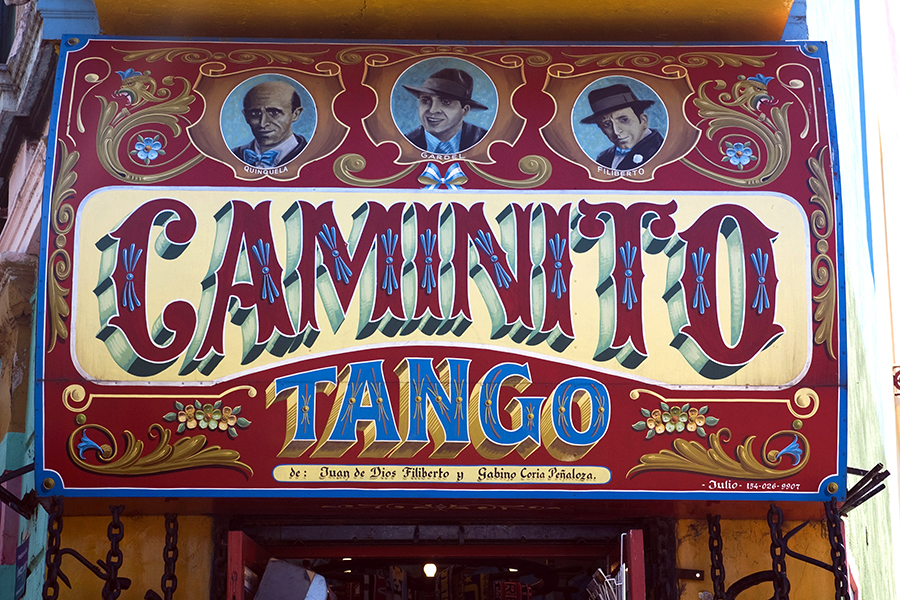
5 cities that could teach you to dance like a Strictly finalist

Bryony Dunn
Marketing Manager
at Travel Nation

About the author Grainne Sheffer
Senior Travel Consultant
After her finishing her degree and backpacking around Europe, Grainne set off for Australia and Asia. She has travelled all over the world, with a self-drive through Namibia and her exploration of Sri Lanka standing out as particular highlights. Since starting a family she enjoys passing the travel bug on to her kids; from wandering through the riads of Morocco to snorkelling the reefs of Mauritius and visiting orangutans in Borneo. With over 15 year’s travel industry experience, she joined Travel Nation in 2015 as a round the world specialist and with an extensive personal experience of Business Class travel, she is also a member of our Business Class team.

